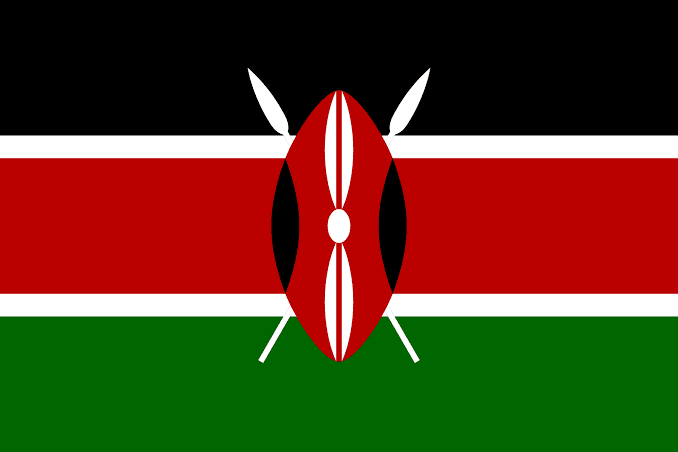According to Business Daily, East African powerhouse Kenya, has made a total of 22.5 billion Kenyan Shillings in interest payments on the five year 76.4 billion Kenyan Shillings ($750 million) Eurobond tranche that matured on Monday, the 24th Of June 2019.
The 22.5 Billion Kenyan Shillings figure, indicates the heavy price that taxpayers in Kenya have to pay to finance external commercial loans.
In the debut Eurobond of 2014, Kenya’s National Treasury borrowed 275 billion Kenyan Shillings ($2.75 billion) in tranches of five years; 75 billion Kenyan Shillings ($750 million) and 10 years; 200 billion Kenyan Shillings ($2 billion).
The five year paper was signed at a fixed interest rate of 5.875 percent.
The 5.875 percent rate, was the cheapest among the different tranches on the country’s three Eurobond loans.
The interest payments were worked out at an astonishing 4.5 billion Kenyan Shillings per year, payable in two equal bi-annual instalments of 2.25 billion Kenyan Shillings each, the last of which was paid alongside the principal amount.
The Kenyan government’s fiscal agent The Central Bank of Kenya (CBK), said in its market bulletin for last week that the official forex reserves had dropped by 94.8 billion Kenyan Shillings ($930 million), indicating that the principal payment had been accounted for as well as interest payments on the 2014 loans.
Since foreign debt payments are usually made from the The Central Bank of Kenya’s foreign exchange reserves, the Central Bank exchanges dollars for shillings for the Treasury when the government borrows loans in foreign denominations such as the Eurobond.
The Central Bank of Kenya (CBK) in its bulletin stated that, “The Central Bank of Kenya’s usable foreign exchange reserves remained adequate at $9.153 billion (5.8 months of import cover) as at June 20,”.
The payments made this month also included Sh7 billion ($68.8 million) in interest on the 10-year 2014 paper, whose payment dates coincided with those of the five-year paper, having been issued jointly. The bond carries a coupon of 6.785 percent.
The Treasury had also planned for the rollover of the debt from the proceeds of the 210 billion Kenyan Shillings ($2.1 billion) which it raised in the third Eurobond issued in May 2019.
In total, Kenya’s outstanding Eurobond debt now stands at 621.6 billion Kenyan Shillings ($6.1 billion) following the principal payment of the five year loan.
The 621.6 billion Kenyan Shillings standing includes the 10 year and 30 year loans issued in February 2018, for $1 billion (100 billion Kenyan Shillings) each, as well as the seven year $900 million (9 billion Kenyan Shillings) and 12 year $1.2 billion (120 billion Kenyan Shillings) loans taken last month (May 2019).
Annual interest payments on the outstanding debt will continue to amount to 46 billion Kenyan Shillings ($451.5 million) every year until at least 2024, when the 10 year issue from 2014, matures.
The rolling over of maturing debt however, means that Kenya is unlikely to get a lot of relief as a result of the level of debt payments on Eurobonds in the foreseeable future.
The Eurobonds are just one among the many types of expensive commercial loans that the East African nation has procured in the past decade, with syndicated loans from banks also carrying nearly the same repayment terms as Eurobonds.
Kenya was pushed to non-concessional loans after rebasing its economy in 2014 and shifting to the lower middle-income segment.
This shift led to the nation losing its access to the cheaper loans available to poorer countries from multilateral lenders and western development institutions.

Later this year, Kenya is also due to begin servicing the interest payments on the 327 billion Kenyan Shillings worth of loans sourced from China in 2014 for the construction of the Standard Gauge Railway (SGR).



